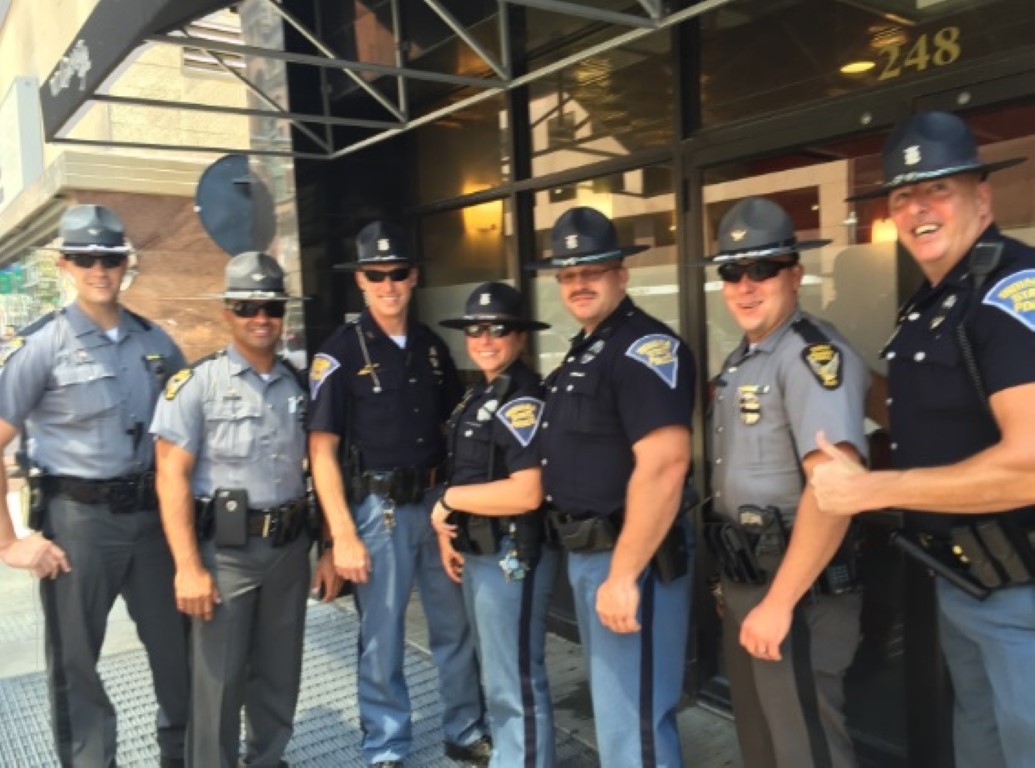


How Police Departments are Applying the Principles of Crisis Communications in the Age of Citizen Journalism
By Nora Jacobs, Hennes Communications
As protests rage across the country in the wake of police shootings, police departments are learning that shaping the public’s perception of any given event requires an increasingly sophisticated communications response. Gone are the days when a department’s public information officer would brief the media and then retreat from view as the case moved into the investigatory phase.
Today, police PIOs must contend with the media’s transition to iterative journalism – a reality that compels reporters to issue what they know as soon as they know it and ideally, before their competitors break the story. The leisurely process of gathering all the facts, contacting sources and doing deep research before going to press has disappeared. With the onset of 24/7 media, combined with eyewitness accounts posted to social media, there is tremendous pressure to publish quickly. As a result, as all other crisis managers have learned, police departments likely to be in the media spotlight for a high-profile incident must strive hard to get their side story into the first round of media reports. Failure to do so means playing catch-up on coverage where you no longer control the narrative.
In this detailed article in the LA Times authored by Maya Lau , she takes a look at how police departments are addressing these new communications challenges and provides a range of opinions about the work they are doing to shape perceptions regarding police work. Much of the story focuses on a key tactic now employed by many departments to quickly release responding officer video from body cams and dash cams. While departments claim the goal is to provide the facts surrounding an incident, Lau points out that these videos often are used to refute the point of view provided by citizen journalists – eyewitnesses who have captured the event on their cellphones and uploaded the footage to Facebook, Twitter and Instagram.
As Lau reports, police departments also have responded to this new world of media relations by beefing up their communications staff – in the case of the Los Angeles County Sheriff’s Department, building a team of 42 individuals with a budget approaching $5 million. A number have hired consultants on a retainer basis to help them make sure they are telling their story in a way that will not create more problems than the incident itself has.
Lau also notes that police department POIs are employing the same communications strategy as their civilian counterpoints by relying less on the media to tell their story and turning instead to alternatives where they can control the message. As a result, they are making much broader use of their own social media platforms and their own websites – a move that logically requires additional staff and more resources.
Perhaps the most interesting aspect of the story is the close look at the role videos play in evolving the facts related to individual cases. As additional footage comes forth from the officers involved – and even more complicating – as new video emerges from the community, the entire narrative of a police action may change, either fueling claims of police brutality or absolving officers from the outrage initial reports generated.
Hennes Communications has decades of experience working with and training safety forces and government officials. For more information, contact us at 216-321-7774.